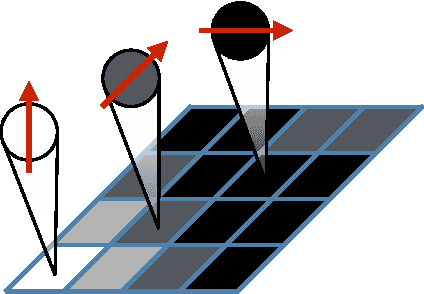Supervised Learning with Quantum-Inspired Tensor Networks
Paper and Code
May 18, 2017



Tensor networks are efficient representations of high-dimensional tensors which have been very successful for physics and mathematics applications. We demonstrate how algorithms for optimizing such networks can be adapted to supervised learning tasks by using matrix product states (tensor trains) to parameterize models for classifying images. For the MNIST data set we obtain less than 1% test set classification error. We discuss how the tensor network form imparts additional structure to the learned model and suggest a possible generative interpretation.
* Advances in Neural Information Processing Systems 29, 4799 (2016) * 11 pages, 15 figures; updated version includes corrections, links to
sample codes, expanded discussion, and additional references
 Add to Chrome
Add to Chrome Add to Firefox
Add to Firefox Add to Edge
Add to Edge